Results
-
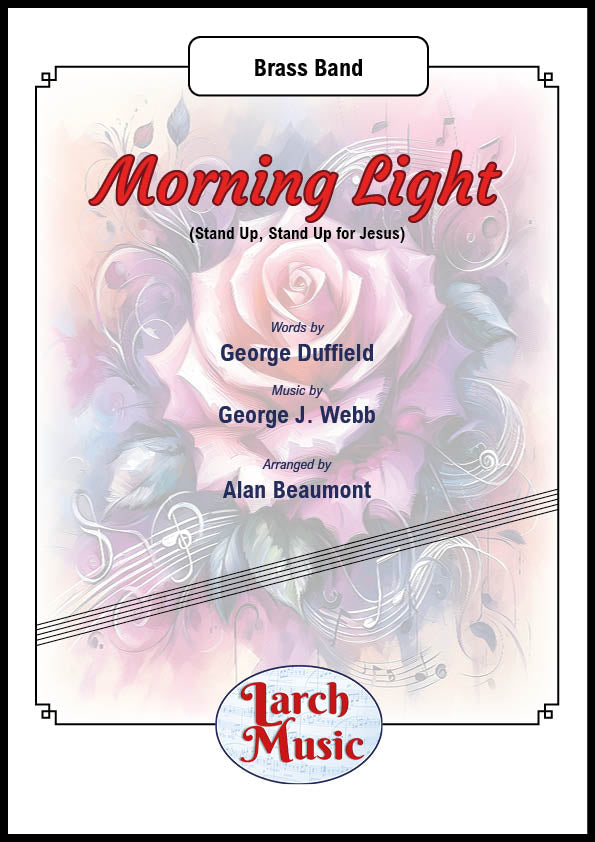 £30.00
£30.00Morning Light (Stand Up, Stand Up for Jesus) - Brass Band Sheet Music Full Score & Parts - LM605 - George Duffield & George J. Webb
COMPOSER: George Duffield & George J. WebbARRANGER: Alan BeaumontBased on the Hymn Tune 'Stand Up, Stand Up for Jesus'"Stand Up, Stand Up for Jesus" is an American Christian hymn. It was written byGeorge Duffield Jr.in 1858 and is based on the dying words of Dudley Atkins Tyng.The traditional tune "Webb" was composed by George James Webb, based on the melody ofFranz Schubert's"Die Forelle" ("The Trout").Makes a great concert opener or closerLM605 - ISMN : 9790570006052
In Stock: Estimated dispatch 3-5 working days
-
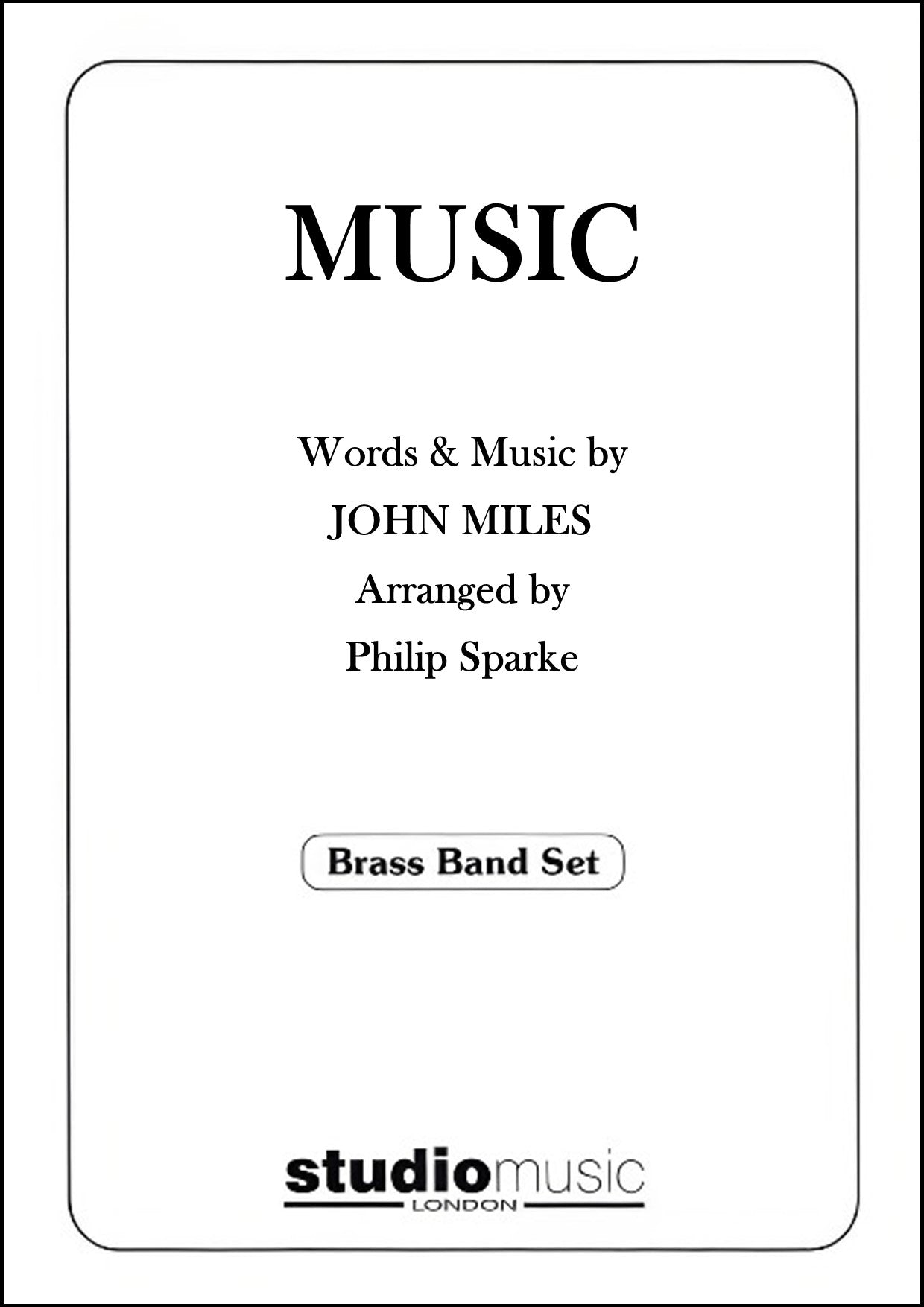 £37.95
£37.95Music - Brass Band Sheet Music Score & Parts - Philip Sparke
COMPOSER : John MilesARRANGER: Philip Sparke
In Stock: Estimated dispatch 3-5 working days
-
 £25.00
£25.00Nancy's Fancy - Brass Band - LM282
COMPOSER: TraditionalARRANGER:Chris Cobon
In Stock: Estimated dispatch 3-5 working days
-
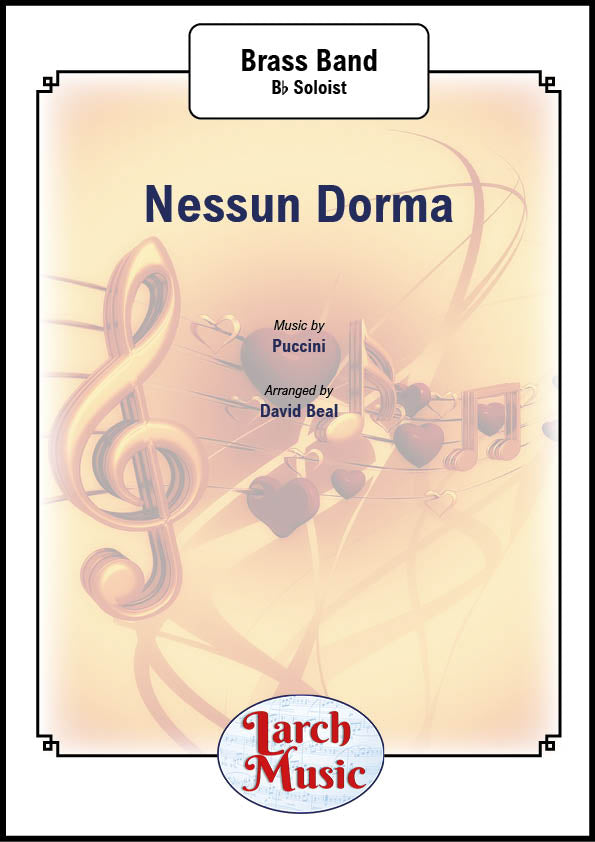 £25.00
£25.00Nessun Dorma - Bb Cornet & Brass Band - LM045
COMPOSER: PucciniARRANGER: David BealThe famous tenor solo as sung by Luciano Pavarotti beautifully arranged here for Bb Cornet & brass bandAn excellent concert item, loved by all
In Stock: Estimated dispatch 3-5 working days
-
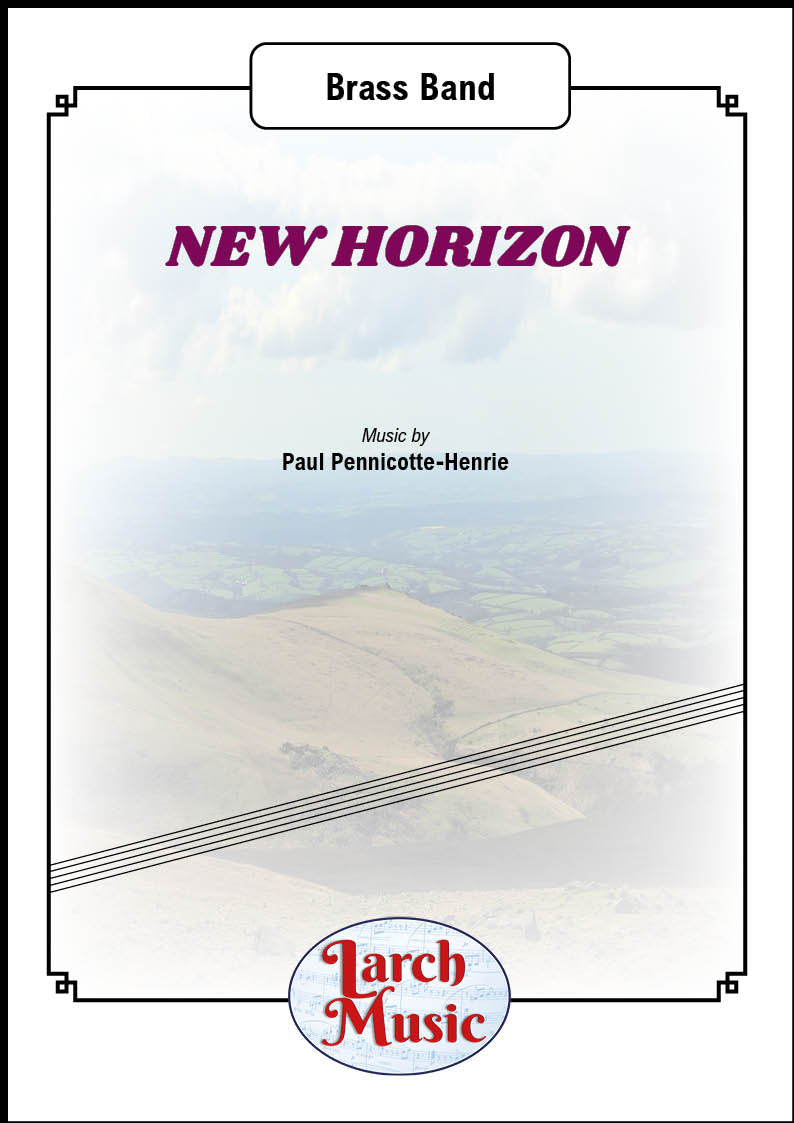 £25.00
£25.00New Horizon (Concert March) - Brass Band Sheet Music Full Score & Parts - LM935
COMPOSER: Paul Pennecotte-HenrieA great addition to the brass band repertoire from the pen ofPaul Pennecotte-HenrieAn original march for a 4th section / communityband in a lively and upbeat style.Would suit for an own choice entertainment contest march
In Stock: Estimated dispatch 3-5 working days
-
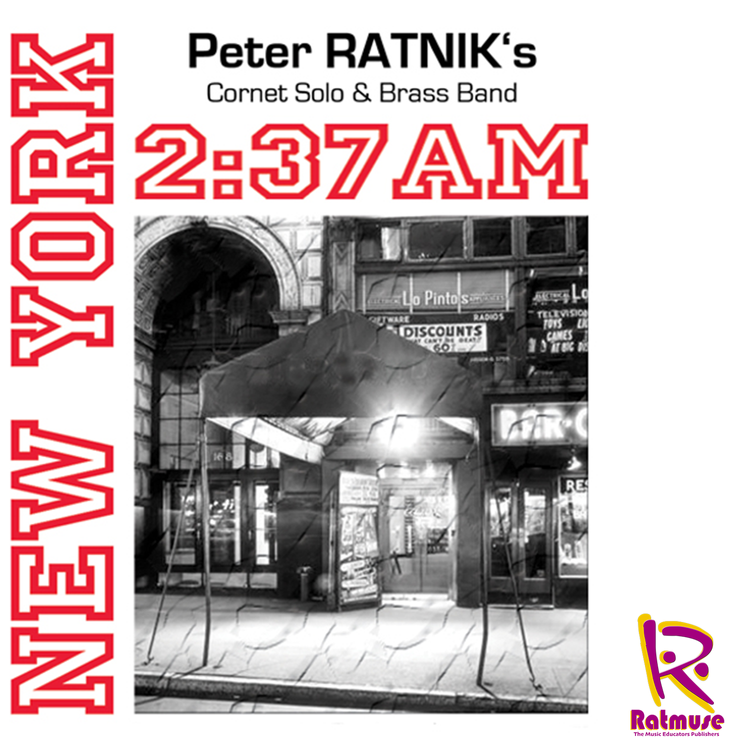 £30.00
£30.00New York 2:37AM - Bb Cornet & Brass Band - Peter Ratnik
COMPOSER: Peter RatnikFor Cornet Solo and Brass BandWritten in the style of jazz great, Miles Davis, New York 2:37am by Peter Ratnik will transport your audience to the dark streets of New York for a ride of their lives. This a great programmatic work and is ideal for any concert or entertainment contest.CLICK HERE TO HEAR THIS PIECE - New York 2:37am for Cornet Solo & Brass Band by Peter Ratnik
In Stock: Estimated dispatch 3-5 working days
-
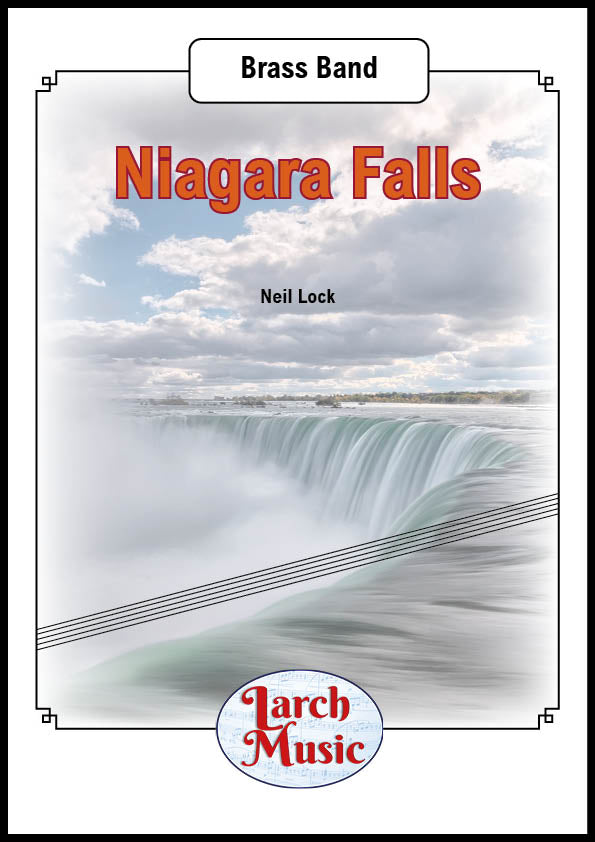 £30.00
£30.00Niagara Falls - Brass Band - LM597
COMPOSER: Neil LockThis descriptive piece commemorates a visit I made to Niagara Falls back in October 1984.At the beginning, the music is very quiet; the falls are a long way away! But as it progresses, the noise of the falls becomes louder and louder. The piece has three principal motifs, whichrun through most of it. Descending crochets signify the water going over the cliff, and risingquavers the spray coming back up. And the frequent discord (a major chord with anadditional 2nd) represents wetness.Right after my first sight of the falls, I see the "Maid of the Mist" boat phut-phutting outinto the stream, with horns and E flat basses on the off-beat. There is also an "Indian"war-cry in this section from the trombone, euphonium and B flat bass. Then, an extendedclimax describes my first view of the full majesty of the falls.After this climax dies away, I go up the tower near the falls. The music goes into the minorkey, and loses the discord. It isn't wet up there!In the final section, I stand close to the falls; almost close enough, it seems, to put an armin. The music becomes very loud. Twice I look aside, but when I turn back the falls are stillthere. At the end, the descending crochet motif takes over entirely, and a timpani roll isfollowed by a classic final chord.
In Stock: Estimated dispatch 3-5 working days
-
 £25.00
£25.00Noel - Euphonium & Brass Band - LM928
COMPOSER: Charles GounodARRANGER: Brian HarperThe famous Charles Gounod tune now available for Euphonium soloist with brass band accompaniment
In Stock: Estimated dispatch 3-5 working days
-
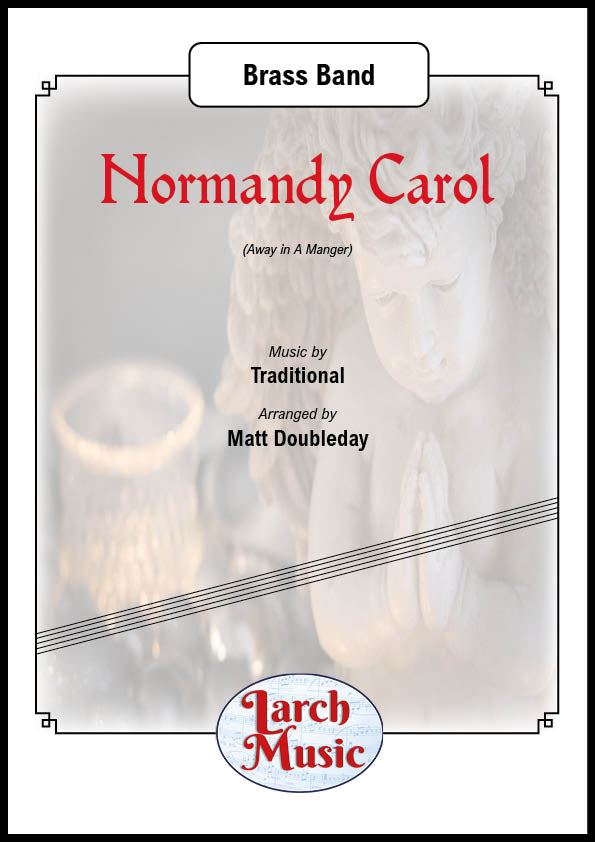 £25.00
£25.00Normandy Carol - Brass Band - LM286
COMPOSER: TraditionalARRANGER: Matt DoubledayA traditional carol given the brass band treatment by Matt Doubleday making a delightful new arrangement of Away In A Manger.Suitable for 4th Section upwardsA super addition to your Christmas Repertoire.
In Stock: Estimated dispatch 3-5 working days
-
 £35.00
£35.00Northern Lights - Brass Band - Lee Morris
COMPOSER: Lee MorrisA piece inspired (as you may have probably guessed), by the Northern Lights.The music captures all the colours, shapes, beauty and dramatics of the Aurora Borealis.This piece is ideal to begin or even end a concert or entertainment contest.
In Stock: Estimated dispatch 3-5 working days










